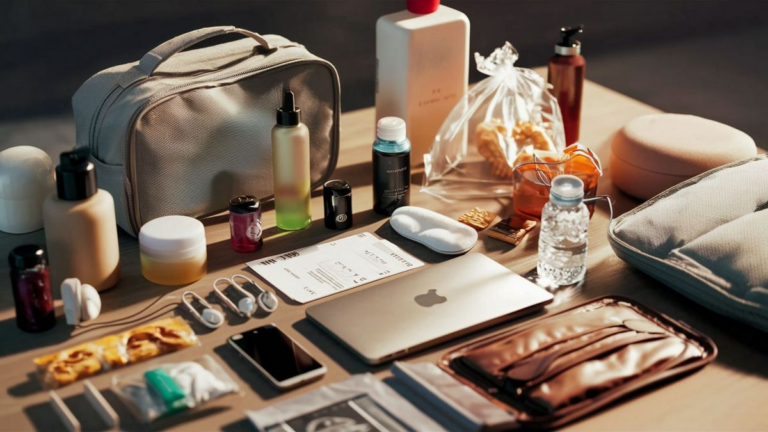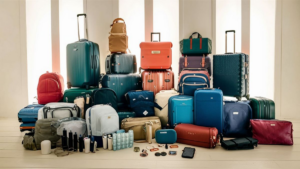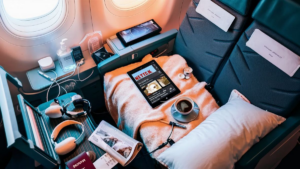When it comes to traveling by air, there are numerous regulations and restrictions in place to ensure safety and security for all passengers. One common concern for travelers is how much liquid they can bring on a plane, particularly in terms of milliliters (ml). Understanding these restrictions is crucial to avoid any inconvenience or potential problems at airport security checkpoints.
International Regulations
The regulations regarding the amount of liquid you can bring on a plane can vary depending on your destination and the specific airline you’re flying with. However, there are some general guidelines that apply internationally. Most countries adhere to the regulations set forth by the International Civil Aviation Organization (ICAO) and the International Air Transport Association (IATA).
Transportation Security Administration (TSA) Guidelines
In the United States, the Transportation Security Administration (TSA) is responsible for enforcing security measures at airports. The TSA has specific rules regarding the amount of liquid you can bring in your carry-on luggage.
According to TSA guidelines, passengers are allowed to bring a quart-sized bag of liquids, aerosols, gels, creams, and pastes in their carry-on luggage. Each container must be 3.4 ounces (100 milliliters) or less, and all containers must fit comfortably within the quart-sized bag.
Exceptions to the Rule
There are some exceptions to the TSA’s liquid restrictions. Certain items, such as medications, baby formula, and breast milk, are allowed in quantities exceeding 3.4 ounces (100 milliliters) and are not required to be placed in the quart-sized bag. However, these items may be subject to additional screening at security checkpoints.
Additionally, duty-free liquids purchased within the airport are allowed in carry-on luggage if they are placed in a secure, tamper-evident bag provided by the retailer. Passengers should be prepared to present proof of purchase and may be subject to additional screening.
Understanding the regulations regarding the amount of liquid you can bring on a plane is essential for smooth and hassle-free travel. By familiarizing yourself with the guidelines set forth by international aviation authorities and the TSA, you can ensure that you comply with all necessary rules and avoid any potential issues at airport security checkpoints.
Security Measures
Apart from liquid restrictions, airports enforce various security measures to ensure the safety of passengers and prevent any potential threats. These measures include screening of baggage, metal detectors, body scanners, and random security checks.
Prohibited Items
In addition to liquid restrictions, there are certain items that are strictly prohibited from being carried onto an aircraft. These items include sharp objects, firearms, explosives, and flammable materials. It’s important for passengers to familiarize themselves with the list of prohibited items to avoid any legal consequences or delays at security checkpoints.
Frequently Asked Questions
Here are some frequently asked questions regarding carrying liquids on a plane:
| Question | Answer |
|---|---|
| Can I carry alcoholic beverages in my carry-on luggage? | Alcoholic beverages purchased within the airport’s duty-free shops are allowed in carry-on luggage, provided they are in a tamper-evident bag and comply with liquid restrictions. |
| Are there restrictions on carrying liquid medications? | Passengers can carry liquid medications exceeding 3.4 ounces (100 milliliters) in their carry-on luggage. However, they should declare these medications during security screening and may be subject to additional checks. |
| Can I bring homemade food items in my carry-on bag? | Homemade food items such as sandwiches and snacks are generally allowed in carry-on luggage. However, certain countries may have restrictions on bringing agricultural products, so it’s advisable to check with the relevant authorities beforehand. |
See also:






